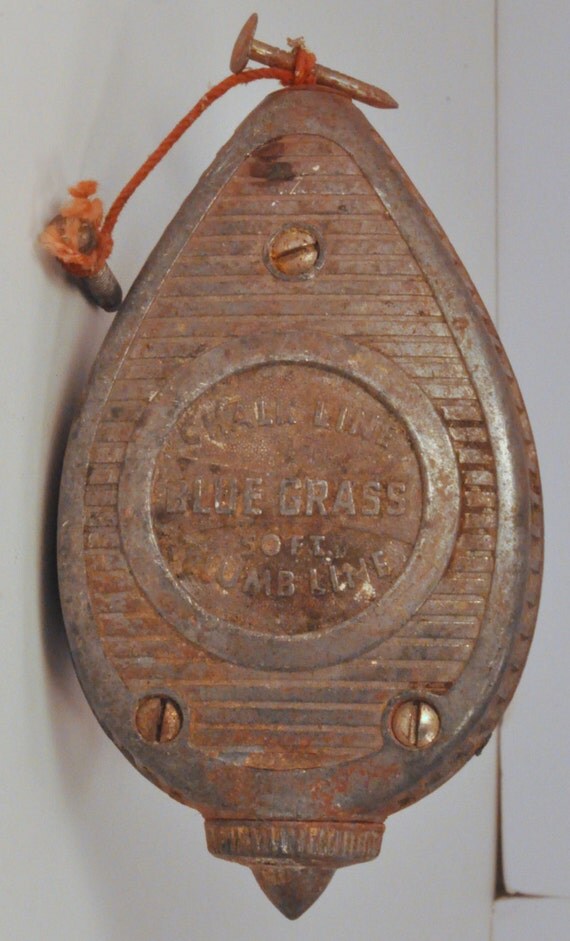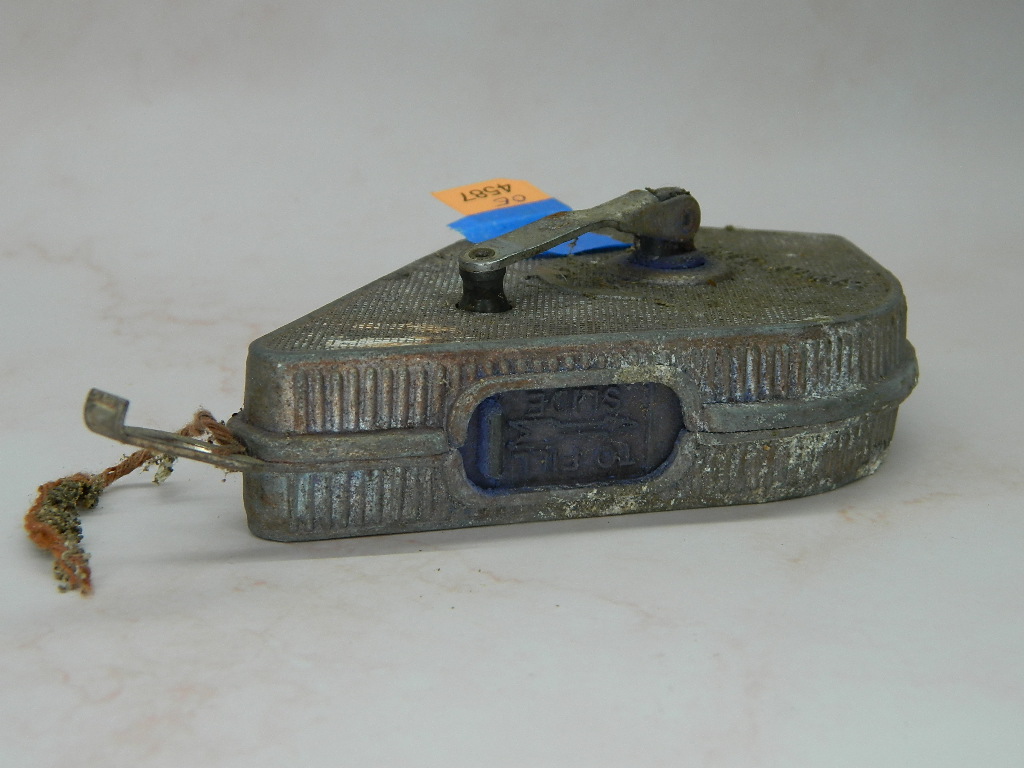

The line between the points is then lifted off the surface slightly, and allowed to snap back. The opposite end of the line is pulled tight, and the string pressed against the surface to be marked. A small nail tacked in position also works well if you’re working alone and the clip seems unwilling to stay put. Plumbing with the Plumb Bob The plumb bob is a very simple, accurate and quick. The chalk-covered line is then stretched between points on a plane, often using the hook at one end to hold the string in place. Step 2 Hold the end of the chalk line down to the first crow's - foot. When the line is pulled from the chalk box, chalk adheres to the fibers of the string a gasket at the mouth of the chalk box insures the coating is consistent. The metal or plastic case has a crank for retracting the line and contains a reservoir of powdered chalk (usually red, blue, white, or yellow in color) that can be purchased in plastic containers for refilling. Cotton string is generally preferred because its natural fibers retain the chalk well, don’t stretch, and leave a neat line. Measure the distance between the mark and the point at which the string or rod is attached. Mark the point directly below the plumb bob with a pencil or chalk.

The string should be long enough that the plumb bob hangs freely without touching anything. The chalk box consists of a string with a hook on its end and a convenient case into which the line is reeled when not in use. Suspend the plumb bob from a string or rod above the point you wish to measure. Lines of more than twenty feet become less and less accurate as the distance increases. Its chief advantages, then and now, are that it can mark lines on rough surfaces (where pencils or other markers would be difficult to use) and it will make long, straight lines beyond the reach of any standard straightedge. It’s also known as a chalk line and snap line. It is used to mark straight lines on a surface and, like so many tools that seem positively elegant in their simplicity, the chalk box as we know it today has been around for many, many generations. I’ve admired this deceptively simple tool since I first saw my father use it decades ago.


 0 kommentar(er)
0 kommentar(er)
